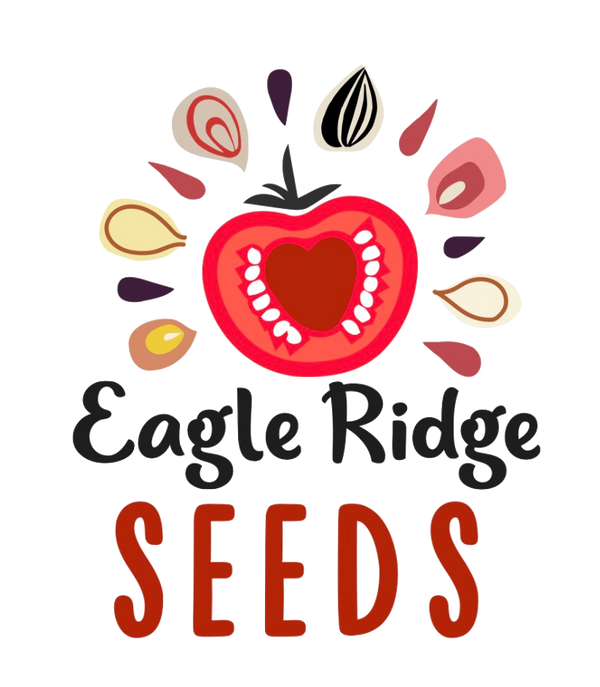Article by Skye Larmour (owner of Tardigrade Seeds)
Dry Growing is a traditional growing method that is reviving due to climate change and increasing pressures on our water systems.
What is Dry Growing?
It’s when crops are grown during the summer without irrigation or with minimal irrigation.
But wait?! How can you grow crops without water?
We can’t grow them without water, of course! In dry growing, plants rely on the water held by the soil and from rain. In areas — like ours — where there’s no summer rain, all the water they get is what’s in the ground.
People are sometimes surprised that this is possible. But in fact, much of the world’s food production was and still is done this way. Around 66% is grown without irrigation.
Tell me more...
Dry Growing is for people who want to work within nature’s bounds. It’s a philosophy of
collaboration over domination, of adaptation and acceptance. When my irrigation well ran dry for the first time since it was dug in 1964, discovering the possibility of dry growing gave me hope.
Learning how to grow food, flowers, and medicinal plants using less water is something
positive we can do. Growers can save water, money and time.
But how?
That’s what this series is about. We’ll get into the weeds of growing with less water: the
benefits and downsides, making dry growing work, and stories of people using water efficiently.
If you’d like to learn more, watch our VIDEO about the basics of dry growing here (and wait for the surprise at the end!).
At Tardigrade Seeds, we believe that adapting to our changing climate requires changing how we grow and what we grow. We help gardeners and farmers produce food with dry growing techniques and seed for heat and drought-adapted varieties of favourite vegetables and unique international crops.

